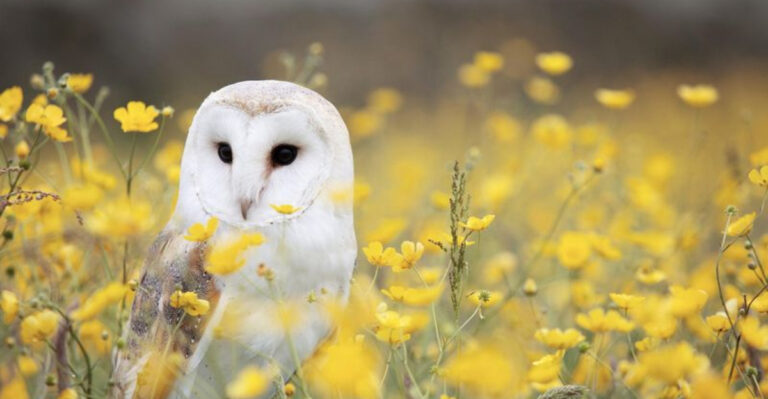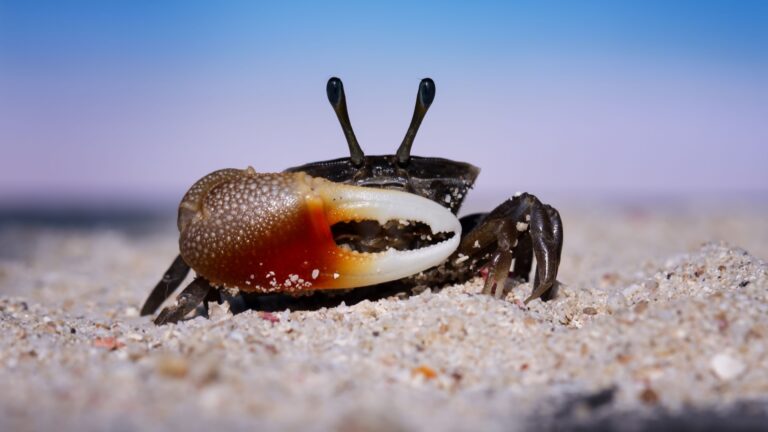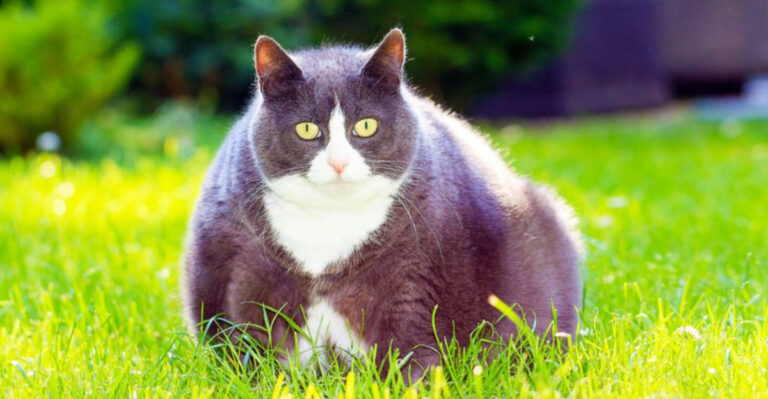How Climate Change Is Redrawing Bird Migration Routes In The U.S.
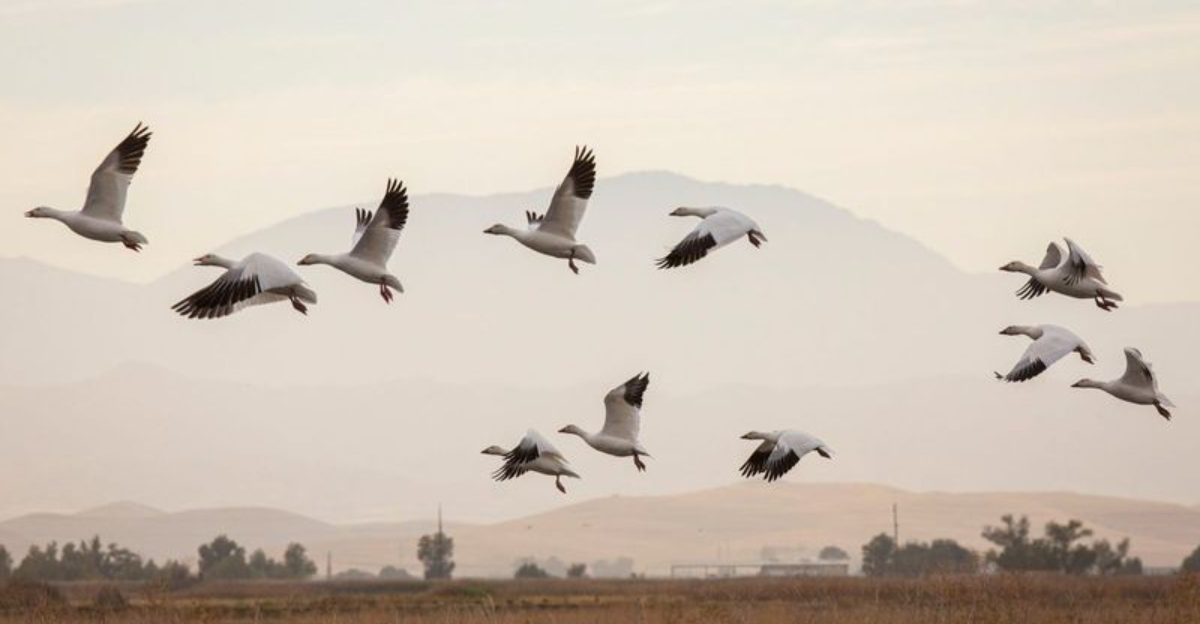
Birds have been making incredible journeys across America for thousands of years, following the same sky highways their ancestors did. But our warming planet is changing these ancient patterns.
Climate change is forcing our feathered friends to rethink their travel plans, creating new challenges for birds trying to find food, raise families, and survive in a rapidly changing world.
1. Earlier Spring Arrivals
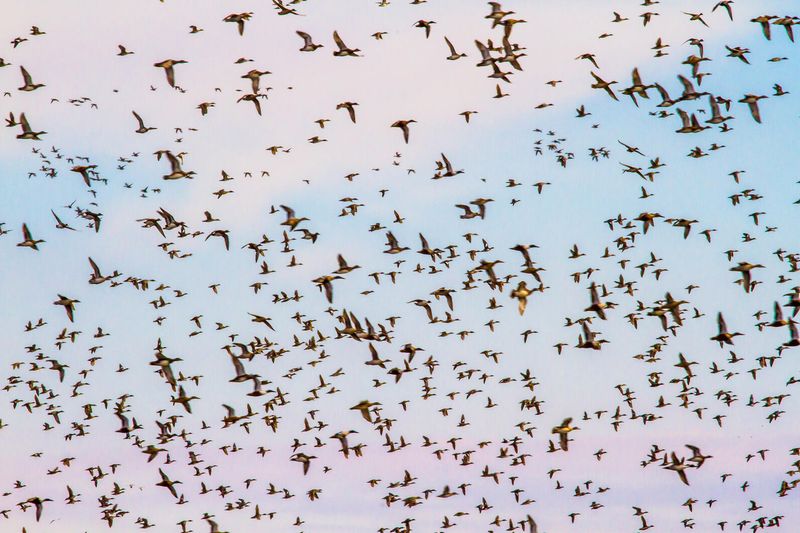
Spring’s feathered messengers are showing up ahead of schedule! Many migratory birds now arrive at their breeding grounds up to two weeks earlier than they did in the 1960s.
The warming climate has pushed spring forward, causing flowers to bloom and insects to emerge sooner. Birds must adjust their internal calendars or risk missing nature’s buffet when they arrive.
2. Shortened Migration Distances
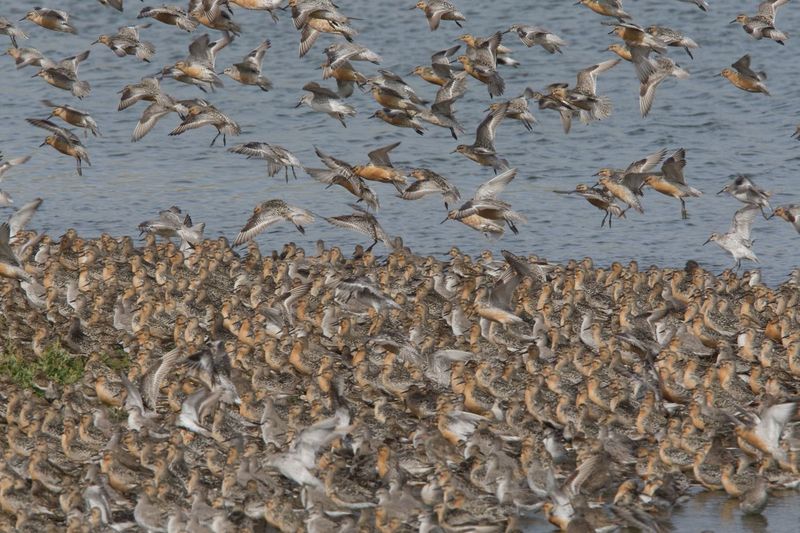
Why fly south when winter isn’t so bad anymore? Many birds that once traveled to Central America are now stopping short, wintering in southern Texas or Florida instead.
These shortened journeys save energy but create new competition for resources in these mid-range habitats. Some species like the American Robin barely migrate at all now in some regions.
3. New Stopover Sites

Imagine driving cross-country only to find your favorite rest stop replaced by a desert! Birds face similar challenges as traditional refueling sites disappear due to drought or development.
Savvy species are discovering new pit stops, creating unexpected bird hotspots in places that were historically quiet. Birders in Nevada have noticed unusual gatherings at newly formed wetlands.
4. Range Expansions Northward
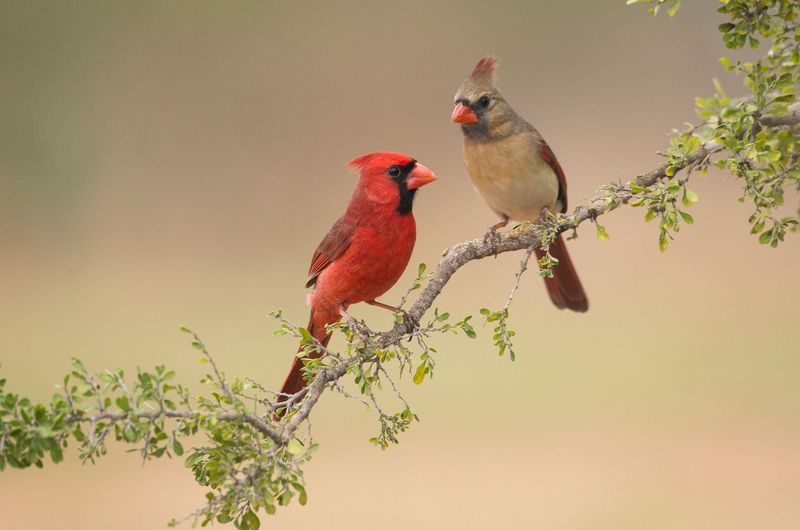
The cardinal rule of wildlife: follow the comfortable weather! Birds once restricted to southern states are pushing their territories hundreds of miles north.
Carolina Wrens and Northern Cardinals now thrive in New England areas where they were rare visitors 50 years ago. These expanded ranges create fresh interactions between species that rarely encountered each other before.
5. Coastal Route Disruptions
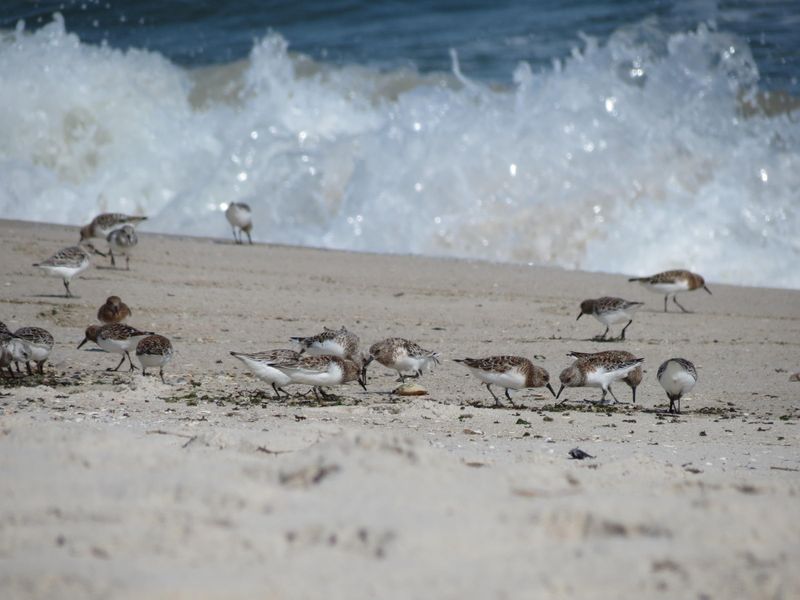
Rising seas are swallowing crucial coastal rest stops faster than you can say “high tide!” Shorebirds that hop along the Atlantic coast face vanishing beaches and marshes.
These birds must fly longer distances without breaks or crowd into remaining habitats. Some pioneering flocks are testing inland routes, appearing at lakes and rivers where locals have never spotted them before.
6. Desert Flyway Challenges
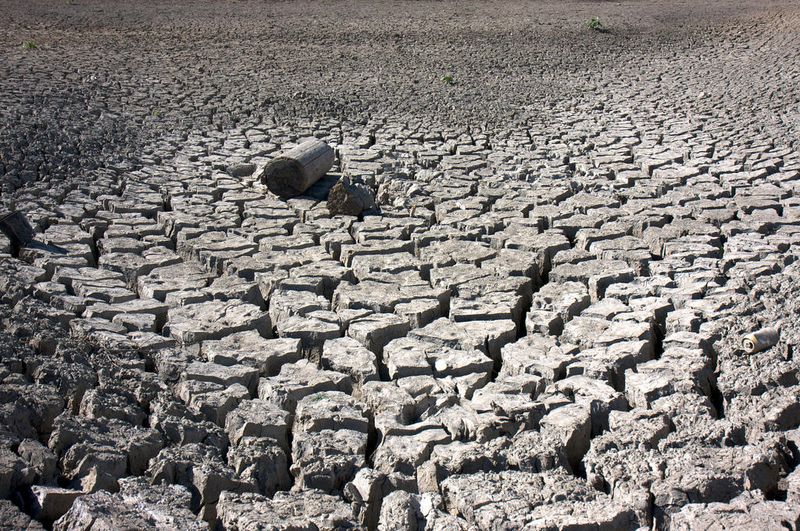
The Southwest’s bird highways are turning into danger zones! Increasing temperatures and prolonged droughts are transforming once-reliable desert oases into parched deathtraps.
Species like the Western Tanager must navigate longer stretches without water. Smart birds are detouring to follow scattered thunderstorms or seeking out human-created water sources like golf courses and city parks.
7. Mountain Pass Alterations
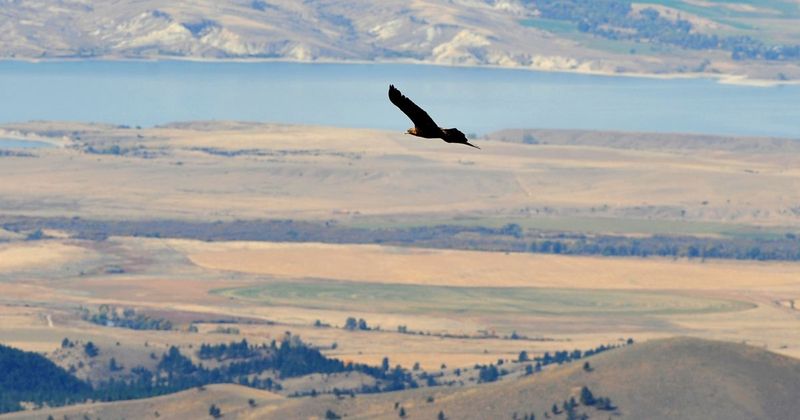
The high-altitude express lanes are changing! Birds that traditionally crossed mountain ranges at specific passes now find these areas too hot or lacking in food.
Many species are flying at higher elevations than ever recorded. Researchers in the Rockies have documented warblers and thrushes using passes that are 1,000+ feet higher than their historical routes.
8. Shifting Food Timing Mismatches
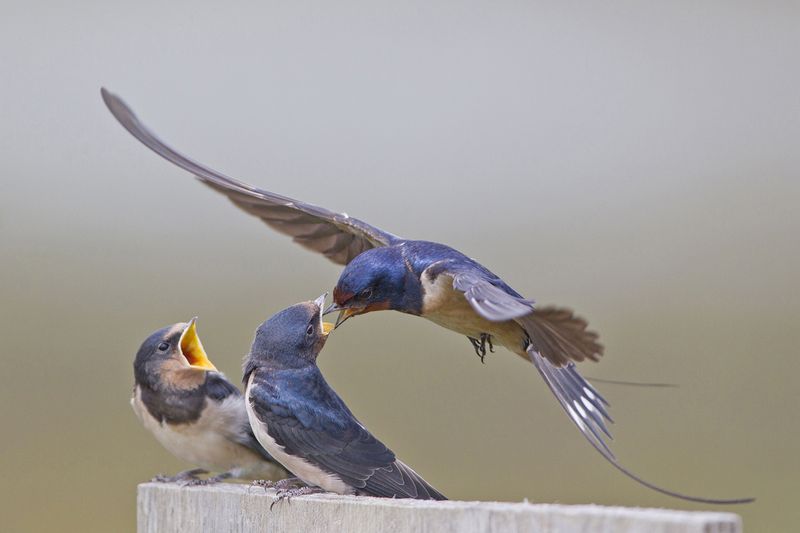
Talk about showing up to the party after the food’s gone! Birds time their migrations to match peak food availability, but climate change is throwing off this delicate dance.
When birds arrive at breeding grounds, they sometimes find that caterpillars or other insects have already peaked. This mismatch leaves hungry parents struggling to feed their chicks, reducing survival rates for the next generation.
9. Gulf Of Mexico Crossing Dangers
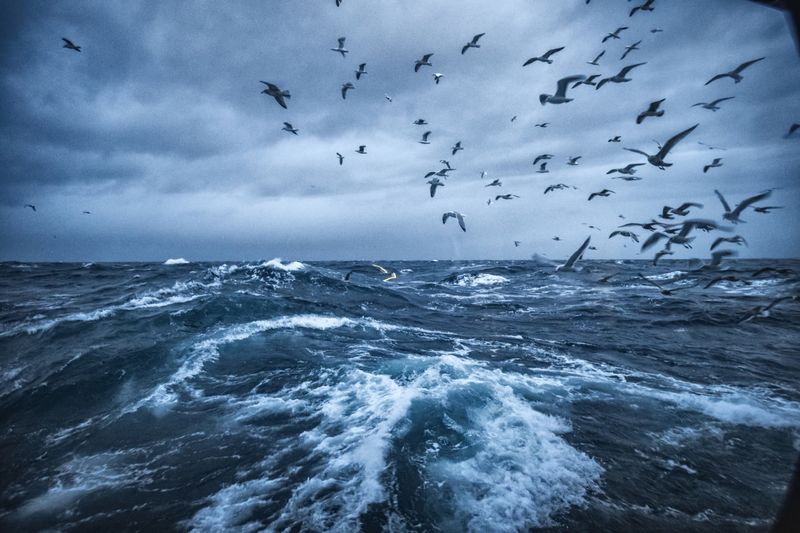
Flying across the Gulf just got scarier! Songbirds making the 600-mile non-stop journey from Yucatan to the U.S. now face more frequent and intense storms generated by warmer ocean temperatures.
These tiny travelers, weighing less than an ounce, must battle stronger headwinds and dodge more violent weather systems. Some species are shifting to the longer but safer land route through Mexico.
10. Prairie Corridor Disruptions
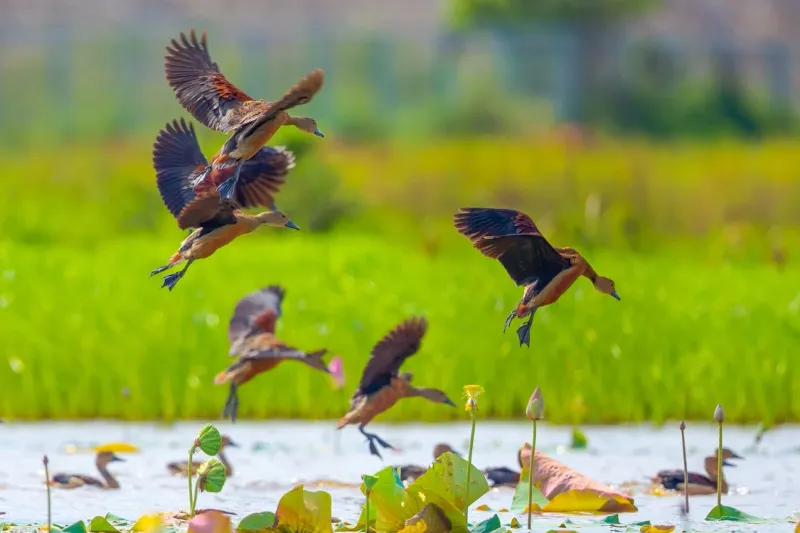
The Great Plains’ aerial highway is under construction! Grassland birds face a double whammy of climate change and agricultural expansion altering their traditional central flyway.
Species like Bobolinks and meadowlarks now encounter fewer native prairies to rest in. Some populations are testing new routes that zigzag between remaining habitat patches, creating migration patterns that would look like drunken scribbles if traced on a map.
11. Urban Heat Island Detours
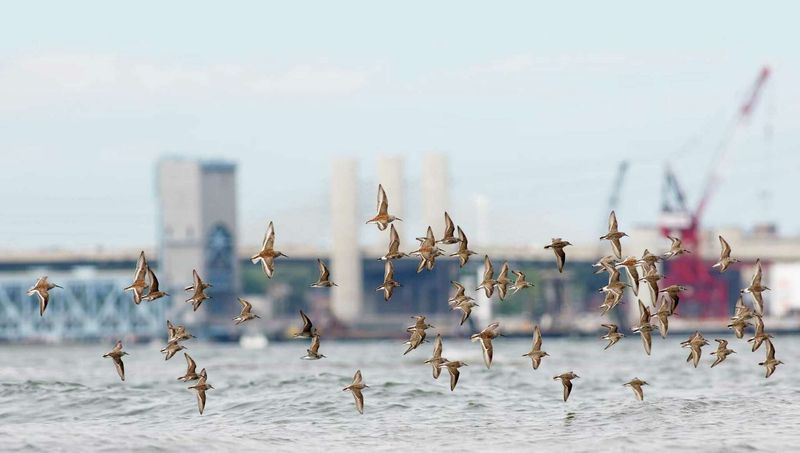
Cities are becoming unexpected bird magnets! The urban heat island effect creates pockets of warmth that attract certain species during cold snaps.
Night-migrating birds that once flew over cities now sometimes stop in parks and greenspaces. This shift brings joy to urban birdwatchers but creates new hazards like window collisions and light pollution confusion for our feathered friends.
12. Year-Round Residents Increase
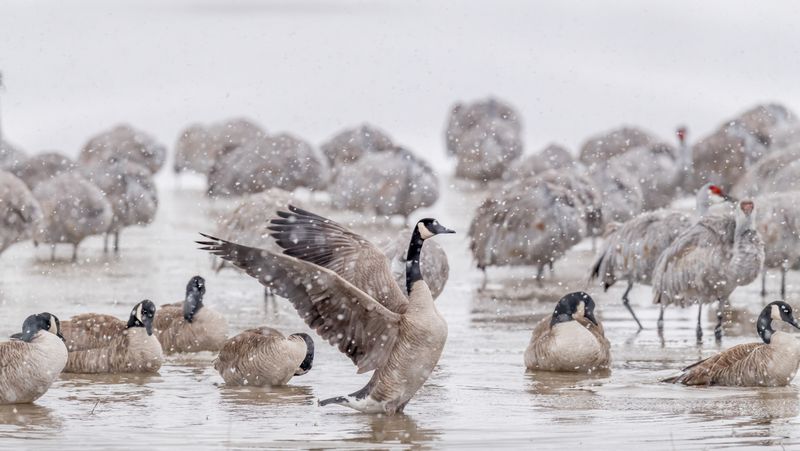
Some birds are becoming permanent homebodies! Species that traditionally migrated south are increasingly staying put year-round in northern areas as winters grow milder.
Canada Geese that once flew south religiously now loaf around northern city parks and golf courses through January. This behavioral shift saves energy but increases competition with true year-round residents and creates new disease transmission patterns.
13. New Species Interactions
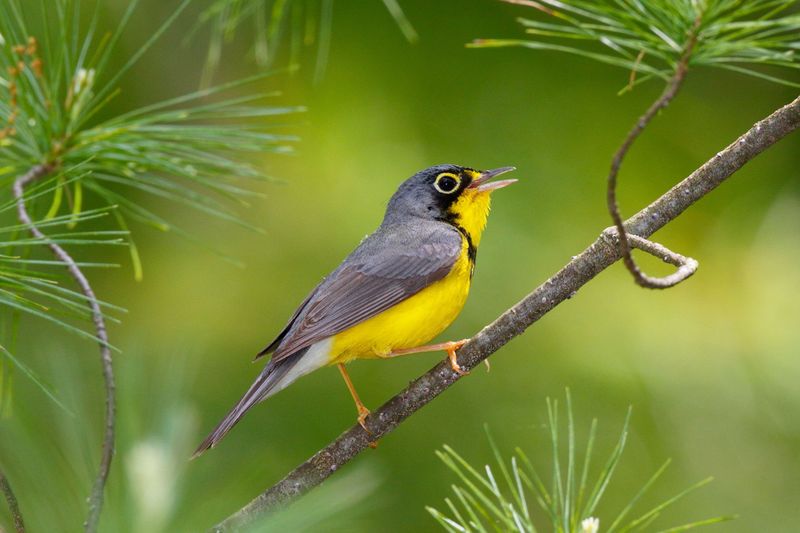
Bird neighborhoods are getting crowded with unfamiliar faces! As migration patterns shift, species that rarely encountered each other now share territories and compete for resources.
Eastern birds meeting western counterparts create fascinating new dynamics, including hybrid zones where interbreeding occurs. In Pennsylvania, Blue-winged and Golden-winged Warblers now overlap extensively, producing mixed offspring with unique characteristics.
14. Pacific Flyway Shifts
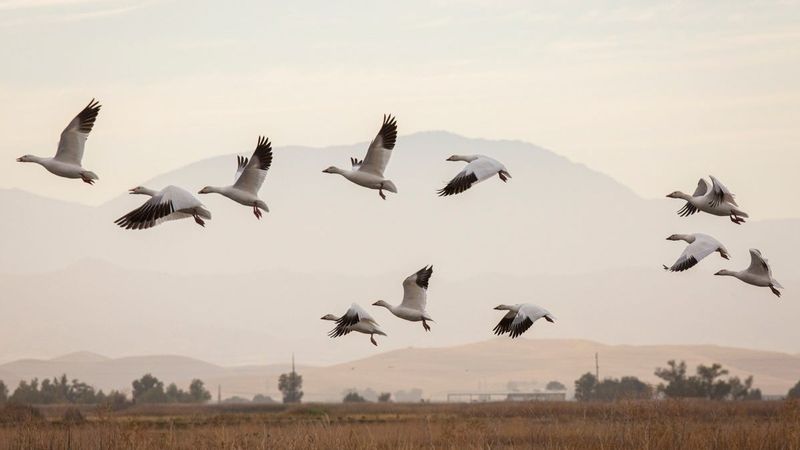
The West Coast’s bird superhighway is getting a makeover! Changing precipitation patterns are redistributing wetlands critical to the Pacific Flyway.
Waterfowl once concentrated in California’s Central Valley are exploring new routes through Nevada and Oregon. Snow geese have pioneered alternative pathways, with satellite tracking showing completely novel migration corridors developing in just the past decade.
15. Extreme Weather Event Responses
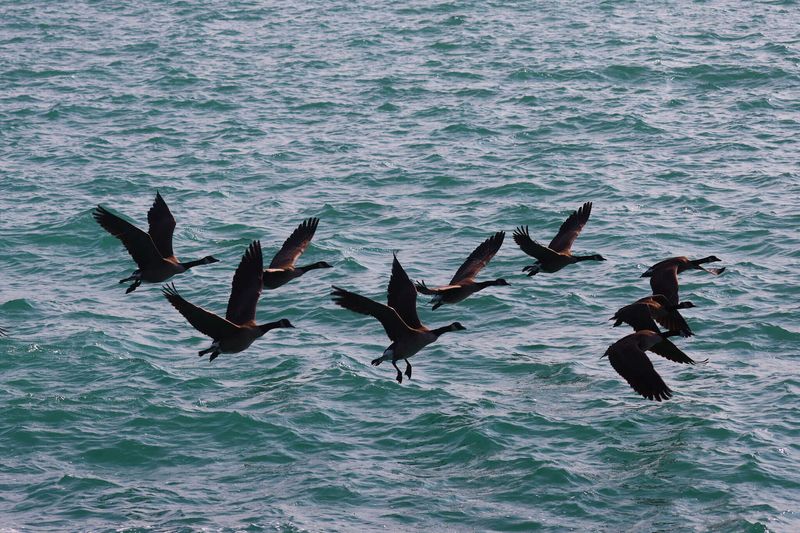
When Mother Nature throws a tantrum, birds must improvise! Increasing extreme weather events force dramatic mid-migration course corrections.
Radar ornithologists have documented massive “fallouts” where thousands of birds suddenly descend to escape approaching storms.

